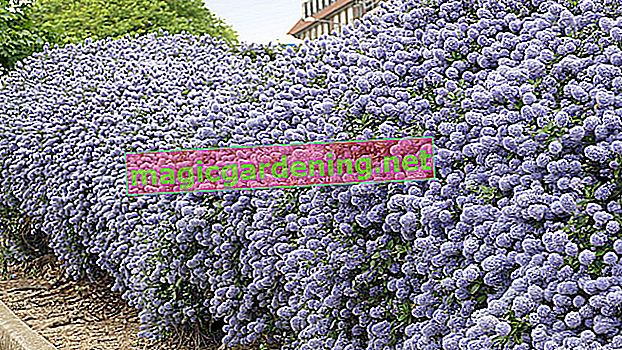
The mallow is not hardy
The mallow is native to the Mediterranean and is not hardy. Nevertheless, the recurring flowering in one location without further care makes some gardeners suspect that this pretty blooming flower hibernates in the ground and therefore often grows up again in the same location. In reality, cup malvae produce a large number of seeds after flowering, which eventually fall to the ground and then sprout new plants in the next year. This actually makes it look like the annual cup mallow is a perennial shrub.
also read
- Which types of mallow should you overwinter?
- Nonsense or Truth: is the mallow poisonous?
- Cutting mallow: how to do it right!
Cup malvae reliably sow themselves
If you want to grow your cup mallow every year in the garden, you don't really need to do anything else. As long as the chosen location is not used by other vigorous plants, the mallow will usually be consistently self-sowing very reliably. However, it can also happen that cup mallow gradually spreads more and more in a garden due to the spreading with the wind and various animals. This spread is very unproblematic in comparison with some other plants, since the young plants of the mallow can be recognized and removed very easily at unsuitable locations.
Sow the cup mallow in a controlled manner
If you want to keep the scepter of your garden design firmly in hand, you can also control the multiplication and spread of the mallow yourself. All you have to do is:
- Carefully pick the seed pods in good time before they are ripe
- store the seeds in a dry and dark place
- sow the mallow at the desired location from April to early June
Make sure that you only harvest the seed pods of the cup mallow in dry weather, as the seeds can otherwise go moldy during storage.
Tips
Cup mallow are unfortunately relatively often attacked by diseases such as mallow rust or soil fungus. The best measure in such a case is to simply change the location for the cup mallow cultivation.







